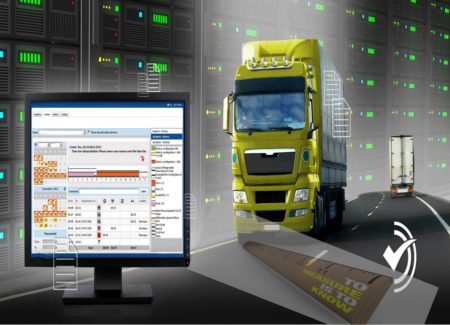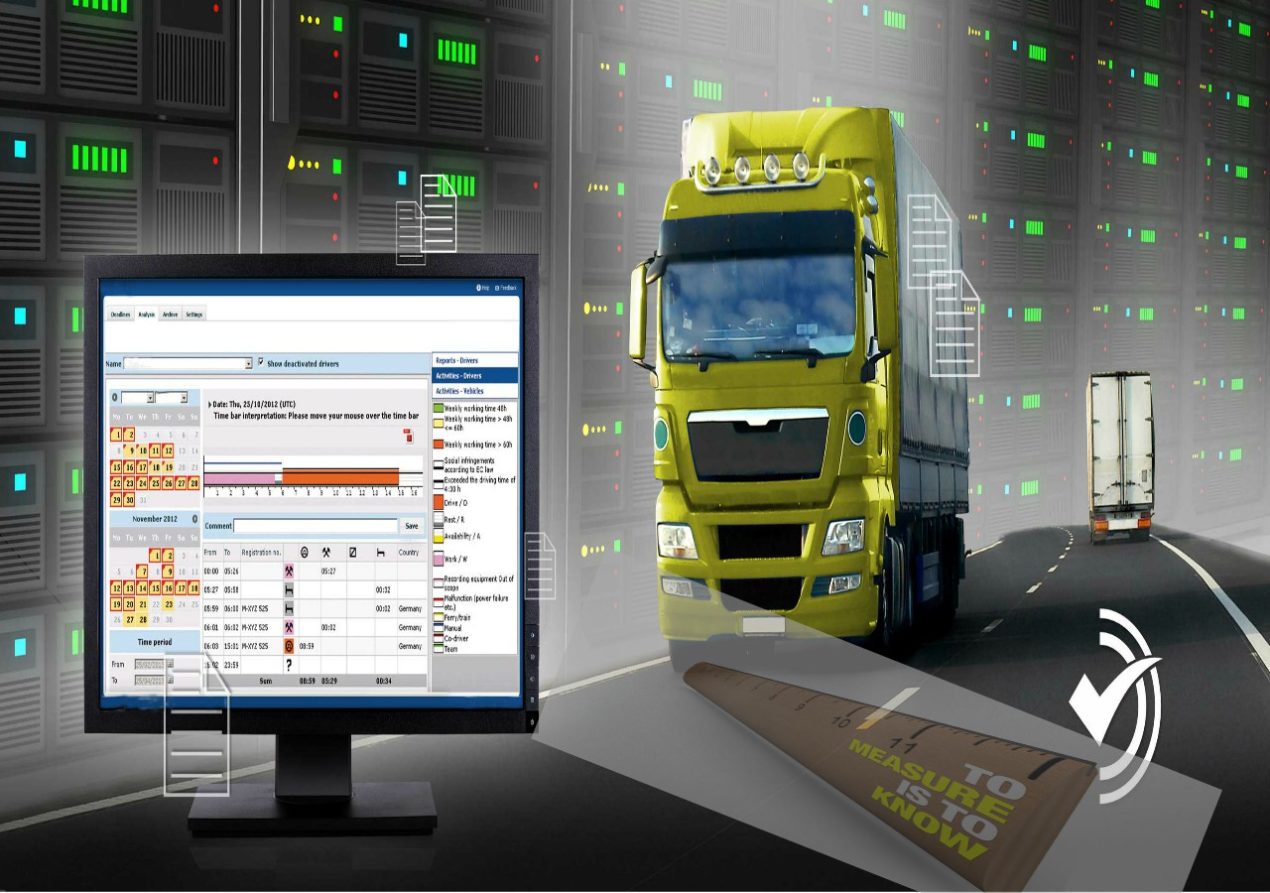
Achieving fleet management optimization and efficiency requires that you measure. Every Fleet Management has underlying goals and objectives. Knowing how well you are doing relative to the set objectives requires that you have some basis for comparing your actual output against the result you ‘desire’ to have. An old business adage says you manage what you measure or in another sense, what gets measured gets done.
Two fundamental ways exist to review the performance of your fleet — using intuition or what some people call ‘gut feeling’ or actual Historical Data.
Managers who go the way of ‘gut’ will most times rely on their experience to make assumptions about fleet performance, and then proceed to base strategic decisions on these assumptions. However, this can be dangerous, because they may overlook vital pieces of the fleet management matrix. It’s difficult to make smart decisions when you don’t have the full story.
A fleet being managed by intuition can fall victim to the old business adage ‘extinct by instinct’. While experience can provide good guidance, it is best combined with actual data to offer a foundation for making intelligent business decisions.
What are you measuring when it comes to the health of your fleet? What about the utilisation of your assets? How well is your maintenance structure performing relative to their inherent capacity? For example, if you’re not measuring the right fleet health metrics, it’s difficult to measure your service process effectiveness to ensure optimal fleet management.
What is Metrics in Fleet Management?
— Metrics is the process of developing objective sets of data to measure how your fleet is doing relative to goals;
— A metric is a quantifiable and repeatable standard of measurement; and
— Metrics can be used to develop benchmarks, a standard by which progress in your fleet operations can be measured against past performance.
Why Measure?
In fleet operations, performance metrics or measurements are used by managers:
To evaluate – to develop an understanding of conditions, activities, and performance attributes relative to competitors, trends, and goals that cannot be attained through first-hand observation or second-hand information
To diagnose – to delve into underlying causes of, or contributors to, conditions and performance levels
To monitor – to maintain awareness of conditions, activities, and performance levels in areas of critical importance and that are susceptible to change
To motivate – to define concrete goals toward which to strive and to which rewards can be linked
To demonstrate – to illustrate accomplishments in objective, independently verifiable terms
To make a case for more (or fewer) resources
To Identify areas where you need to improve
To emphasize your strengths (prove you are doing a good job)
To track future performance improvements (or declines)
To (productively) use the information you collect to inform management, and
To compare to similar metrics from similar organizations
Questions associated with fleet metrics
How important and relevant performance measures are become very apparent especially when your Organisation’s leadership or vested interests ask you the following questions. Do you have a ready response to these questions?
How many vehicles do we have?
How many are on the road and in the workshop?
What is the average annual mileage of our fleet?
What is our fleet MPG or KPL?
How do costs of owned vehicles compare with those leased from financial institutions?
Are our costs competitive with other operators?
What is our annual fleet fuel consumption?
If we explore alternative fuel, how cost-effective will our operations be?
How many accidents have we had? How much did they cost?
Are vehicles being adequately utilized?
What are our optimum replacement cycles for our owned fleet?
Sample Categories of Performance metrics and their uses:
Vehicle Cost and Operation Metrics
- Purchase price as a percentage of published price or random industry sample
- Residual value as a percentage of average auction value
- Fully loaded cost per motor pool vehicle rental day as a percentage of local commercial rental rate (by vehicle type)
- Daily, weekly, monthly, annual usage in miles or hours as a percentage of class average usage (assigned vehicles)
Maintenance Metrics
- Fleet Availability: (As a percentage of total fleet size)
- Maintenance and repair backlog: number of vehicles awaiting service as a percentage of average number of vehicles serviced per day
- Downtime rate: Measuring downtime or Days Out of Service (DOS) is a great barometer of the effectiveness of your fleet maintenance and repair practices. A usable metrics in this regard is the percentage of vehicles out of service for repair as a percentage of total vehicles in the fleet (by vehicle and mission type)
Parts Management Metrics
- Parts order fill rate: percentage of orders filled from stock
- Parts order fill time
- Inventory turnover rate
- Inventory utilization rate: percentage of inventory lines used in last 12 months







